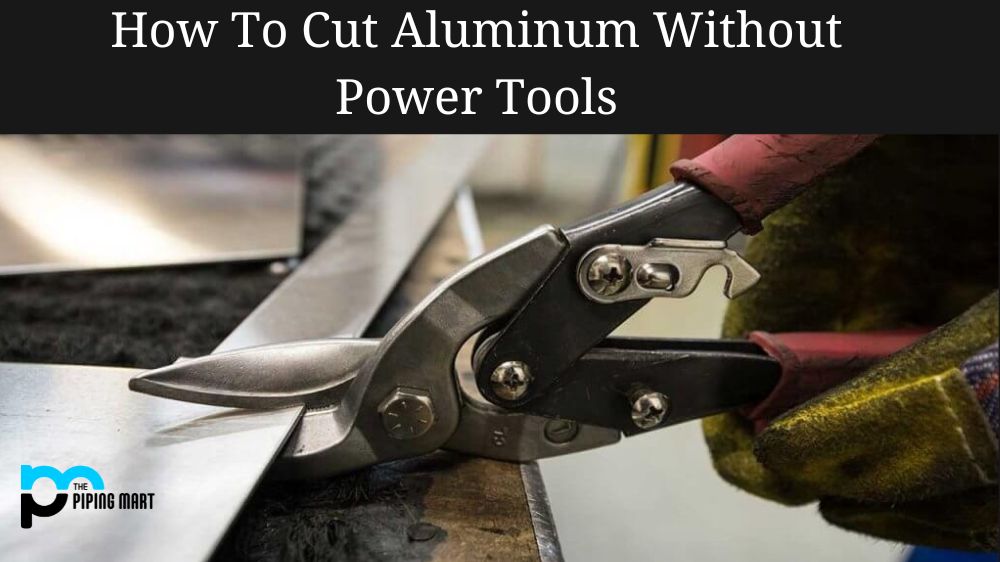Welding titanium exhaust pipes can be a tricky process. It requires precision and skill to ensure that the weld is strong and secure. In this blog post, we’ll go over the steps involved in welding titanium exhaust pipes and discuss what you need to know before starting your project.
Preparing the Area
This step is critical for a successful welding job. Before you start welding, make sure the area is clean, free of debris, and clear of any flammable materials. If you are working with an existing exhaust system, begin by removing it from the vehicle so that you can have access to both sides of the pipe. Then, use a wire brush or sandpaper to clean the surface of any dirt or rust particles that may interfere with your weld.
Welding Process
The type of welding you use will depend on your particular application, but TIG (inert tungsten gas) welding is generally preferred when working with titanium exhaust pipes because it produces cleaner results than MIG or stick welding. To begin, make sure your welder is properly set up and adjusted according to manufacturer instructions. You should also double-check all electrical connections and wear appropriate safety gear such as goggles, gloves, and a face shield. Once everything is ready to go, it’s time to start welding! Move slowly along the length of the pipe while applying steady pressure, and make sure to maintain consistent arc length throughout the entire weld process.
Post Weld Cleanup
After you have finished welding your titanium exhaust pipe, it’s important to inspect your work for any flaws or mistakes before moving on to installation. Make sure there are no weak spots or gaps in your weld that could lead to future problems down the line. If everything looks good, then use a damp cloth or steel wool pad to remove any excess slag created during the welding process. Finally, if desired, apply a light coat of oil along the inside edges of the pipe to help prevent corrosion in case moisture gets into the system later down the road.
Conclusion:
Welding titanium exhaust pipes can be intimidating at first, but with some practice and patience, anyone can learn how to do it successfully! Start by making sure your workspace is clear and clean before beginning any work on an existing system; then, move on to setting up your welder according to manufacturer instructions before finally starting your weld job itself using TIG welding for best results. Once finished, don’t forget about post-weld cleanup—inspect for imperfections in addition to removing slag buildup—and apply oil if desired for added protection against corrosion in case moisture gets inside the system later on down the road. With these tips in mind, there’s no reason why you can’t become a master welder yourself!

Pipingmart is a B2B portal that specializes in metal, industrial and piping items. Additionally, we share the latest information and information about materials, products and various types of grades to assist businesses that are involved in this business.




